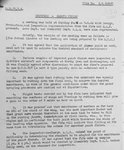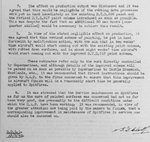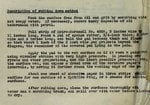Mike Williams
Senior Airman
- 572
- Oct 19, 2006
Now that we're at faster Spitfires - is there a firm performance data on the Merlin-powered PR variants?
I have these:
Spitfire PR Mk.XI MB.789 (Merlin 63) - Level speed performance
Spitfire PR XI Aircraft Data Card (Merlin 70)






